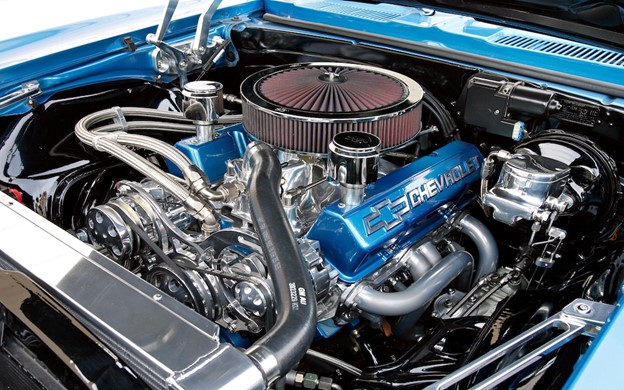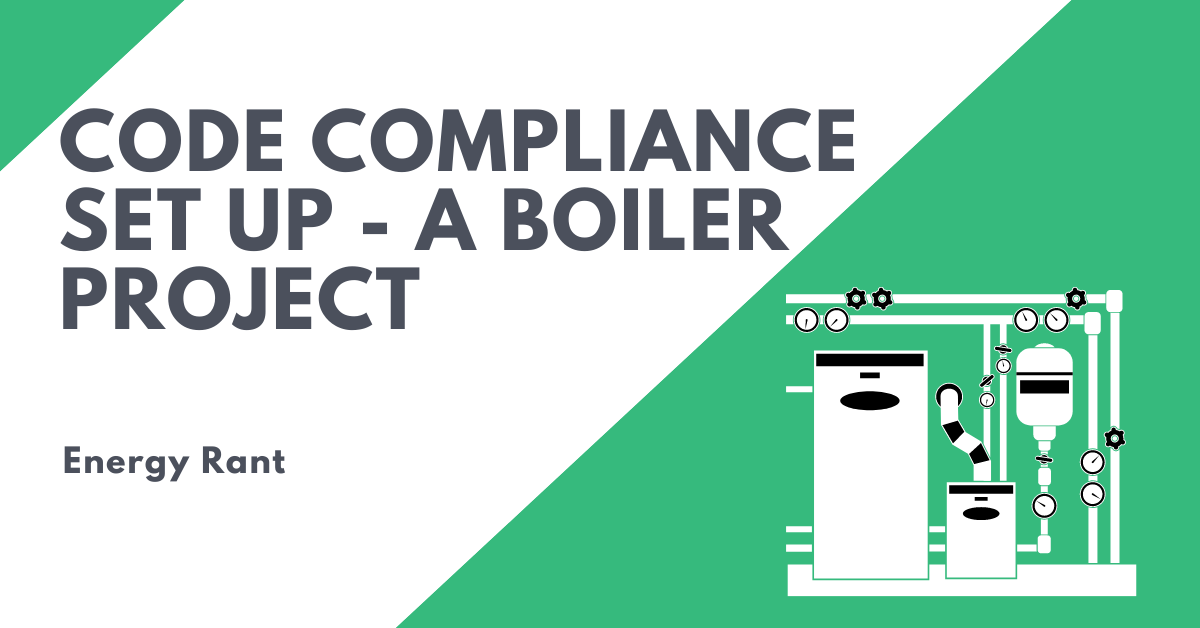
Over the last forty years, computers have become orders of magnitude more powerful while they have become much easier to use. When I was in college, mainframe IBM computers owned all the muscle of computations. I was terrified of coding and wanted nothing to do with that. Thankfully, graphical interfaces emerged to make it easy. I even conquered graduate school with Engineering Equation Solver (“do it with EES” as its creator, Professor Sandy Klein, used to say). Energy codes went completely the opposite direction, from a simple document from the IBM mainframe era (1989) to a behemoth that would break Watson today. By comparison, the latest edition, 2019, provides 176% more joy on a page-count basis.
If you are not familiar with codes, they set minimum efficiencies for equipment like boilers, air conditioners, chillers, and lighting. That is true, but the insanity is in the systems design and control requirements. If you don’t mind, systems analysis is where Michaels kicks booty.
To understand code requirements, the user must understand the why behind them. If the user doesn’t understand the systems and how they use and waste energy, they stand no chance of complying. Well, let’s not kid ourselves. No one, even an energy genius, has a chance of full compliance because no one will pay for enough of the genius’s time to get it right. It would cost a career politician’s net worth.
Project Equipment and Design Intent
A few weeks ago, I wrote that I needed a boiler replacement and that it would be a story for another day. Here is the story because it’s a perfect example of blowing energy codes via the system design, installation, and controls. This is a very straightforward project compared to a new building with many air handlers, terminal equipment in each temperature control zone, boilers, chillers, and the whole gamut.
About the Project
The new boiler is a condensing, 95% AFUE[1], ENERGY STAR certified, efficiency-rebate qualifying unit. Since I have a 1930s home with original cast iron hot-water radiators and carbon steel piping salvaged from God knows what (every size and fitting known to man was used), the contractor recommended a primary/secondary configuration by installing a brazed-plate heat exchanger (see below). The reason is to keep any corrosion particles out of the boiler, which would plug the channels and ruin it far too soon. Ok, sold, but I also wanted a fancy magnetic filter on the secondary side to clear out crap accumulated in the radiators and pipes.
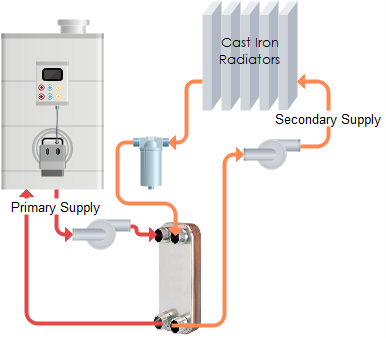 The boiler has many commercial-like features, including outdoor temperature reset. We want the water temperature to be as low as possible for maximum efficiency. We need hotter water when it’s colder outside, but we can pull it back when it’s warmer, and the heating load is lower – i.e., reset the water temperature based on outdoor air temperature, which is a proxy for the heating load.
The boiler has many commercial-like features, including outdoor temperature reset. We want the water temperature to be as low as possible for maximum efficiency. We need hotter water when it’s colder outside, but we can pull it back when it’s warmer, and the heating load is lower – i.e., reset the water temperature based on outdoor air temperature, which is a proxy for the heating load.
You can see how efficiency varies with firing rate and water temperature below. My new boiler will fire as low as 20% with an adjustable supply temperature range of 70°F to 190°F. I have it set to a minimum temperature of 85°F and a maximum temperature of 140°F.
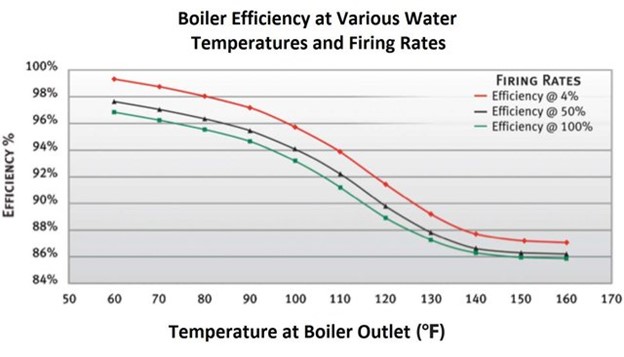 Here is another gripe from an energy nerd like me. This chart is a random one I grabbed from researchgate.net. Manufacturers rarely provide this information that is critical for control and performance. Part load performance is everything.
Here is another gripe from an energy nerd like me. This chart is a random one I grabbed from researchgate.net. Manufacturers rarely provide this information that is critical for control and performance. Part load performance is everything.
Project Launch
The installing technicians did a beautiful job. It reminded me of a car’s engine bay at one of those huge, televised auctions, like the one in Monterey, CA, every August. The boiler project is just as shiny and arranged meticulously. We don’t care about uninsulated pipes as they provide the only heat in the otherwise unconditioned basement.
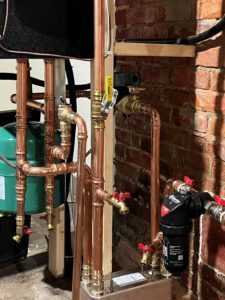 Notice how everything is set up with isolation and blowdown valves for maintenance and cleaning. I love that!
Notice how everything is set up with isolation and blowdown valves for maintenance and cleaning. I love that!
But this is where the lessons began. Next week I will describe six things a code compliance inspector would never catch – things that severely affect performance and efficiency.
Parting Teaser
Meantime, here is a thought exercise for you that I will analyze in a future post. During my boiler project and troubleshooting, I read an article that concluded temperature setbacks ALWAYS save energy. Hold on. We see above that we want the lowest water temperature possible for the most efficient boiler operation. That would mean the lowest possible water temperature to keep the space at setpoint. However, the lowest temperature would take many hours or days to bring a home up to temperature from a setback. Increasing space-temperature setback and boiler reset exponentially increase the time to reach setpoint. See below. If the temperature reset is too aggressive, the temperature setpoint may never be met.
 My bet is there is an optimum, and I will find out what that is, and that result will be, “it depends” (on the situation). Sorry, Charlie.
My bet is there is an optimum, and I will find out what that is, and that result will be, “it depends” (on the situation). Sorry, Charlie.
[1] Annualized fuel utilization efficiency = the net efficiency over all conditions throughout the heating season.

